Japanese Painted Fern, Athyrium Niponicum
Original price was: ₹1,699.00.₹399.00Current price is: ₹399.00.
6 in stock
Size: Single Plant | 2.5″ Pot Included
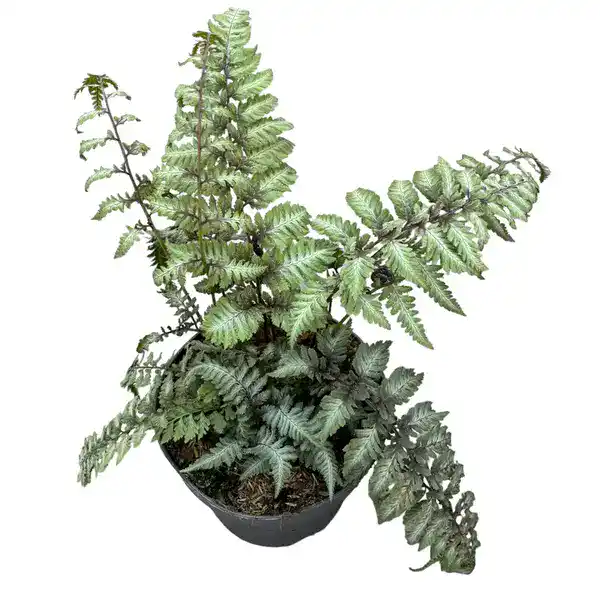 The Japanese Painted Fern (Athyrium niponicum var. pictum) is a beautiful, low-maintenance fern that adds a touch of elegance to shady gardens or indoor spaces.
The Japanese Painted Fern (Athyrium niponicum var. pictum) is a beautiful, low-maintenance fern that adds a touch of elegance to shady gardens or indoor spaces.
Here’s a guide to Japanese Painted Ferns care:
Light
Japanese Painted Ferns thrive in partial to full shade. While they can tolerate some morning sun, avoid hot afternoon sun, which can scorch their delicate fronds. Indoors, they prefer low to medium indirect light, mimicking the shaded forest floors of their origin.
Soil
They prefer moist, well-draining soil that is rich in organic matter. A slightly acidic to neutral soil pH (5.5-7.0) is ideal. Incorporating compost into the soil before planting can significantly benefit their growth. Ensure good drainage to prevent root rot.
Water
Consistent moisture is key, especially during the growing season. Keep the soil evenly moist but not waterlogged. Water when the top inch of soil feels dry to the touch. During warmer weather, they may require more frequent watering than in the fall and winter. Reduce watering during the dormant winter months, but don’t let the soil dry out completely.
Humidity
These ferns prefer moderate to high humidity, reflecting their native woodland environment. If grown indoors, especially in dry environments, consider using a humidifier or placing the pot on a pebble tray with water to increase humidity around the plant. Occasional misting can also be beneficial.
Temperature
Japanese Painted Ferns do well in moderate temperatures between 13°C and 27°C (55-80°F). They are quite cold-hardy (USDA zones 3-8) and can remain outdoors year-round in these regions. If grown in containers in colder areas, winterize the pots to protect the roots from freezing.
Fertilizer
Generally, Japanese Painted Ferns do not require heavy fertilization, especially if the soil is rich in organic matter. If you choose to fertilize, apply a balanced, low-nitrogen fertilizer at a low rate in the spring. Avoid over-fertilizing.
Pruning
Minimal pruning is needed. In early spring, before new growth emerges, you can trim away any dead, damaged, or brown fronds from the previous year to keep the plant tidy and encourage new growth. Throughout the growing season, remove any spent or discolored fronds as needed.
Propagation
The most effective method of propagation is division. This is best done in early spring. Gently dig up an established fern and carefully separate the root clump into smaller sections, ensuring each division has healthy roots and a few fronds. Replant these divisions in well-draining, moist soil.
Pests and Diseases
Japanese Painted Ferns are relatively pest and disease-resistant. However, they can occasionally be susceptible to snails and slugs. Overly moist conditions can lead to fungal issues and root rot, so ensure proper drainage. Leaf scorch can occur if they receive too much direct sunlight or if the soil dries out.
Winter Care
As deciduous ferns, their fronds will die back in the fall as winter approaches. You can choose to trim and remove these dead fronds for a tidier appearance. In colder climates, a layer of mulch can be applied around the base of outdoor plants to protect the crowns and roots from freezing temperatures. Reduce watering significantly during the winter months for indoor plants. New growth will emerge in the spring.
Only logged in customers who have purchased this product may leave a review.

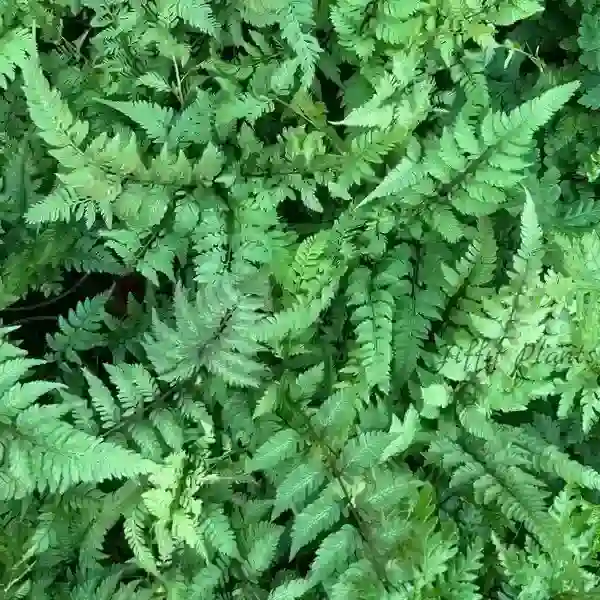
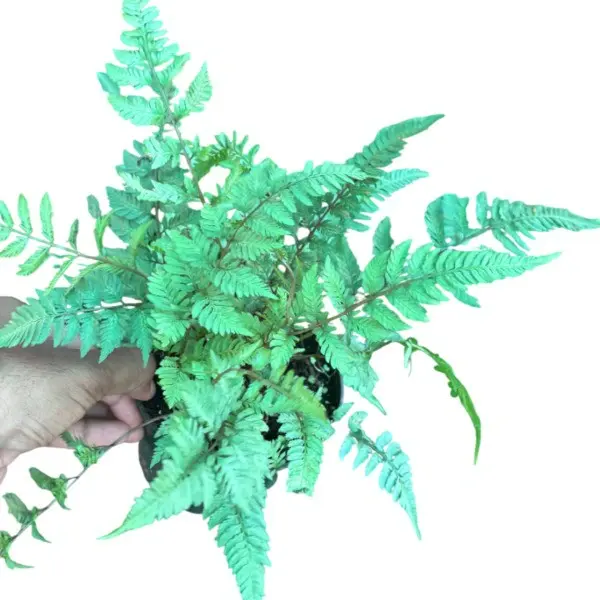
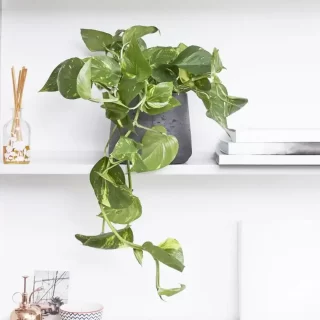

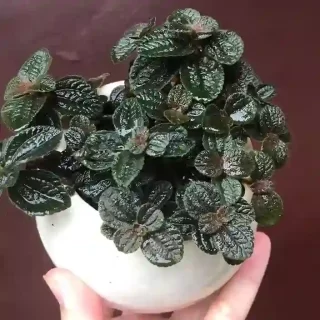
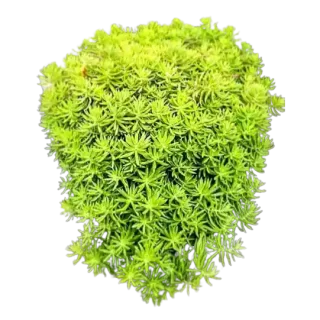
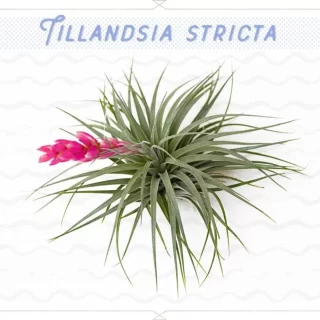
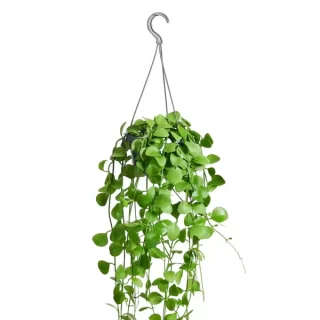
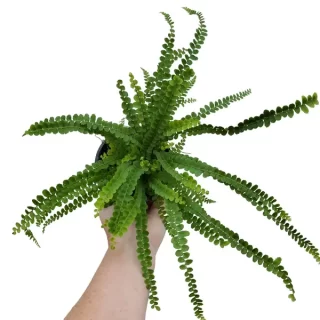
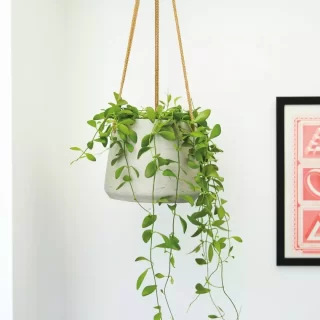
 If you need any assistance, I'm always here. Have you found what you were looking for?
If you need any assistance, I'm always here. Have you found what you were looking for?
Reviews
There are no reviews yet.